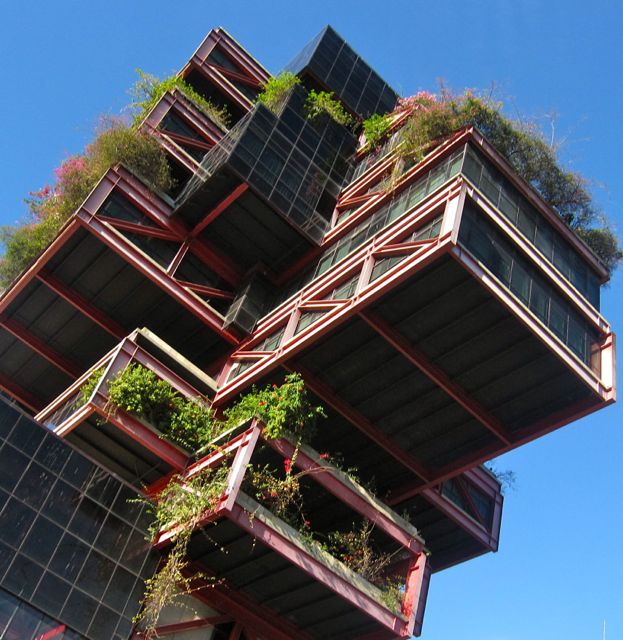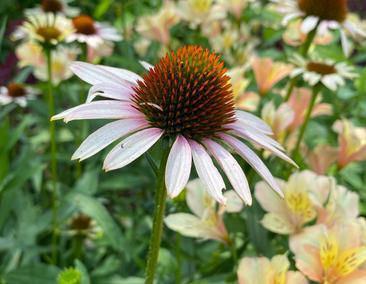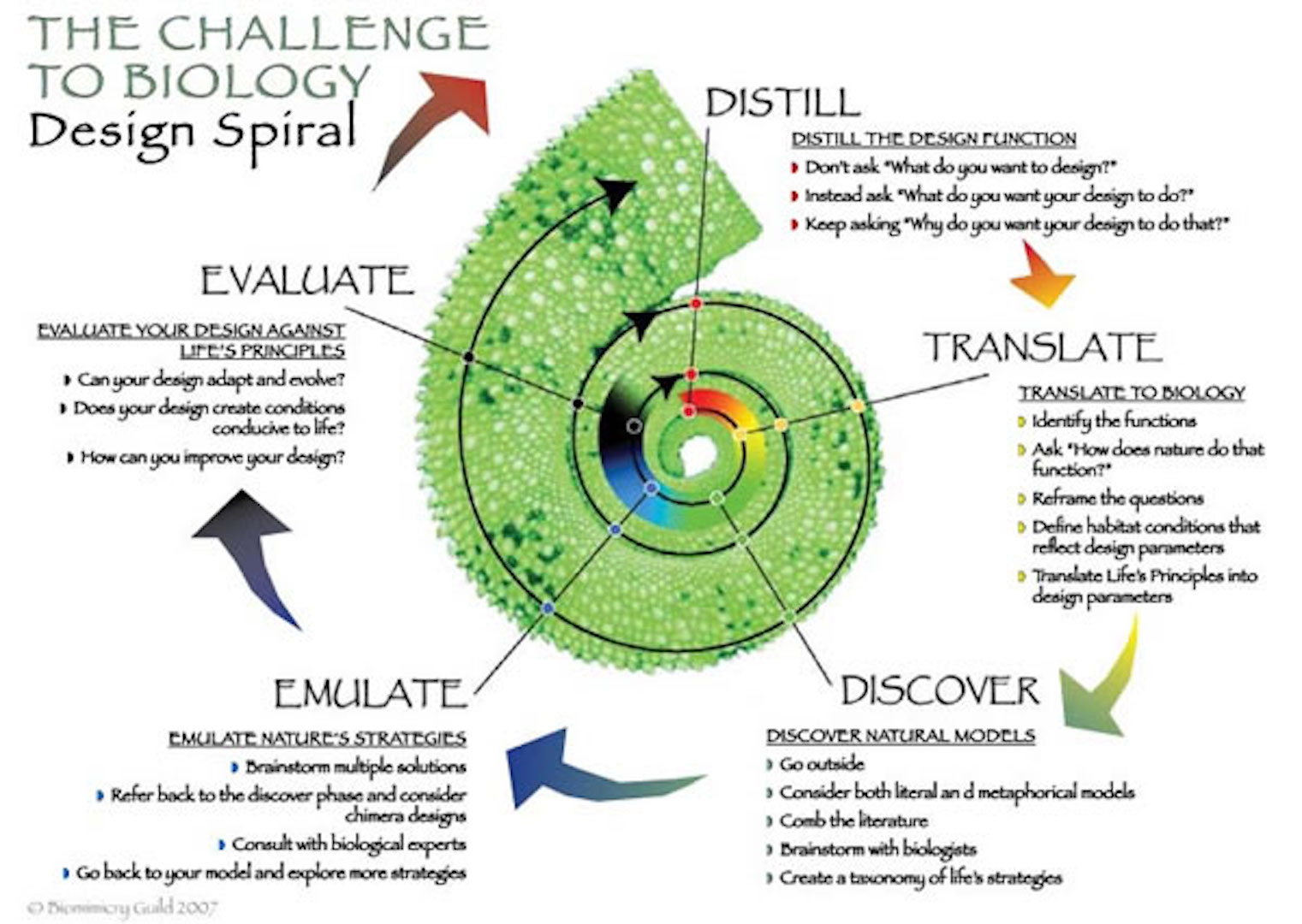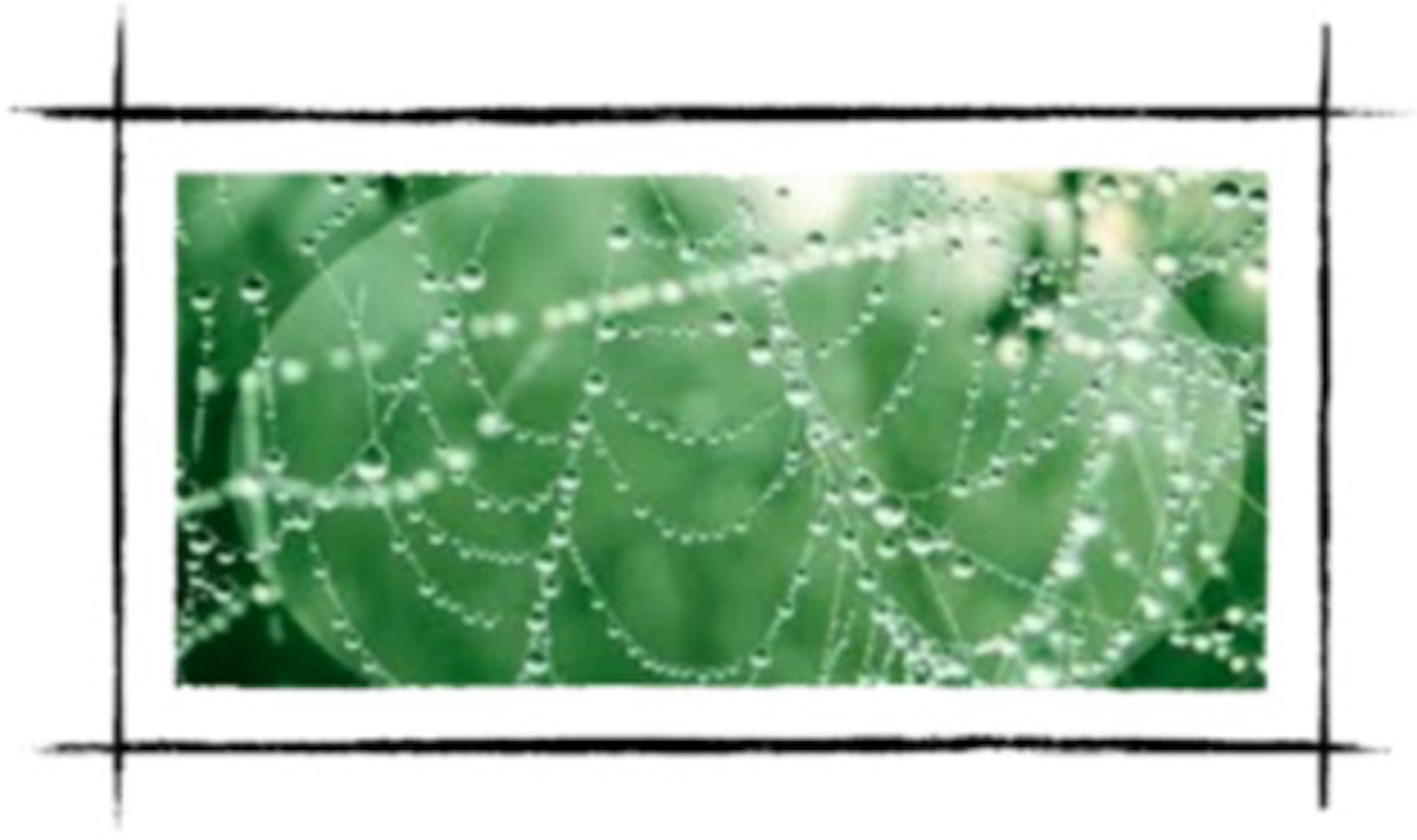STRUCTURAL ENGINEERING
Structural Engineering
Engineering for a Greener World
Structural Design of Buildings
Substations and Power Generation Supports
Transportation Structures
Underpinning and Foundation Solutions
Public Works Infrastructure and Structures
Design for Natural Hazards - Hurricane and Earthquake Engineering
Special Inspections - Steel, Concrete, Masonry
Green Roofs - Design and Capacity Studies
Feasibility Studies, Capacity Studies and Condition Assessments
Structural Repair and Retrofit Solutions
Concrete Formwork and Reshoring Design
Construction Engineering Support
Alternative Construction Materials
 | ||||||
 | ||||||
 | ||||||
QODESH ENGINEERING
Engineers and Planners for the Built Environment
HOW DOES NATURE DO IT?
The very question causes pause. It tugs at our spirit with a very natural and childlike curiosity and respect for the fascination of creation. Go to the zoo; to a park; an aquarium and examine the wonder in the eyes of a child. We were all there once. A squirrel flashes by. A duck is in the path. A dog, tugging at the leash, wants to lick the hands of this visitor. A dolphin ten times the size of the little observer seems magical and magnificent. We want to touch. There is no fear. Our spirit yearns and marvels at the perfection of the creation which surrounds us since our birth.
Biomimicry is an intentional recognition that the created world offers a limitless array of solutions to the challenges we face on this planet. From our social interactions to economics to medicine and to the built-environment, there is an ever-present model which demonstrates a resilient balance. Biomimicry seeks to identify nature’s solutions and replicate its multi functionality into the human sphere. Balance! Peaceful co-existence! Sustainable design. Appropriate and efficient technology! Cradle to cradle solutions which optimize resources, maximize benefits in the widest web, and does not compromise the impact on the generations to come. Instead, it enhances their future.
Structural biomimicry is the exploration of design solutions for the built-environment which imitate nature.
“Certain modern artists and engineers are making more and more specific use of light structures which resemble, in form, shells and other elements of nature. These forms, some of which are warped, are obviously going to play an increasingly important role in the future. We cannot continue to construct our cities limiting ourselves to edifices exactly like boxes, exclusively inspired by the systems of the slab and the pillar. In the continuous evolution of modern architecture, it is more than likely that Gaudi’s last experiments will acquire increasing value and will be more fully appreciated. Then his importance as a pioneer and a prophet will be acknowledged.”
Jose Luis Sert (1955) (Descharnes 1971:15)
 | ||||||



